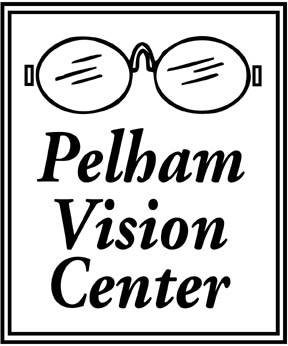Diabetes and Vision, Dr. Woody’s advice for preventing blindness
About 12% of the people in South Carolina have diabetes. That’s about one out of every eight people. There aren’t too many of us in this state that have not been personally affected by diabetes. Most people that have diabetes have what is known as type 2 diabetes. This type of diabetes has previously been referred to as adult onset diabetes and was most commonly found in older adults. Currently, however, more and more younger people are developing this type of diabetes. Type 1 diabetes, previously known as juvenile diabetes, affects roughly 10% of those with diabetes. The American Diabetes Association, ADA, supports everyone that has diabetes, be it type 1 or type 2. We also help those who care for people with diabetes: parents, families, friends and employers. We support health care professionals who deliver the care and the scientists who search for the cure needed by people with diabetes.
I have been involved with the ADA since I moved to the Upstate in 1996. At that time my practice was limited to patients with diabetes. Every day I saw how devastating diabetes could be. I also felt frustrated because I knew that if my patients with diabetes had received better care earlier in the course of their disease many of the complications from diabetes that I was seeing could have been avoided. Educating the patient is the key. The ADA gave my patients the resources for this education.
As an eye doctor and someone that has done research on diabetes mellitus, I’m frequently asked how you can prevent people who have diabetes from going blind. Two ways. One, don’t develop diabetes. Yes, I know that sounds simplistic, but you know if you’re at risk for developing diabetes. Do you have a family history of diabetes? Are you overweight? If you answer yes to either of these questions then you are at risk of developing diabetes. You need to take the initiative to prevent diabetes from developing, or a least reducing the impact it has on your life. Eat right, control your weight and exercise every day.
Second, if you develop diabetes there are many things you can do to prevent blindness and the many other complications of this disease. The main emphasis is on controlling your blood sugar. Many studies have shown that those people that control their blood sugar have fewer complications than those that don’t. The best indicator of how well you are controlling your blood sugar is a blood test that measures your hemoglobin A1c. This test gives you your average blood sugar reading over the past two to three months. Make sure you’re seeing a doctor that is aggressively monitoring your blood sugar and hemoglobin A1c levels. Know your A1c levels. Ask questions. Most experts agree that 90% of all blindness from diabetes could be prevented.
Unfortunately, you most likely will not be aware of many of the complications of diabetes until significant damage has been done. For example, the damage that diabetes can cause to your eyes may not affect your vision until the damage is so severe that you are a risk of totally loosing your vision. If you have diabetes you need to have an eye examination every year. During the examination the eye doctor must dilate your eyes and should be taking a picture of your retina. Ask to see a picture of the inside of your eye. You need to know what’s going on inside your body.
If you want to get involved with the ADA contact our local ADA office at 864-609-5054. We need volunteers to assist in the office with administrative tasks such as mass mailings, data entry, etc. We also need volunteers to help with our local walk, Step Out: Walk to Fight Diabetes, held in September every year, both the day of the event and leading up to the walk. Volunteers can give their time to help reach out to those in the community by helping with health fairs, speaking engagements, etc.
